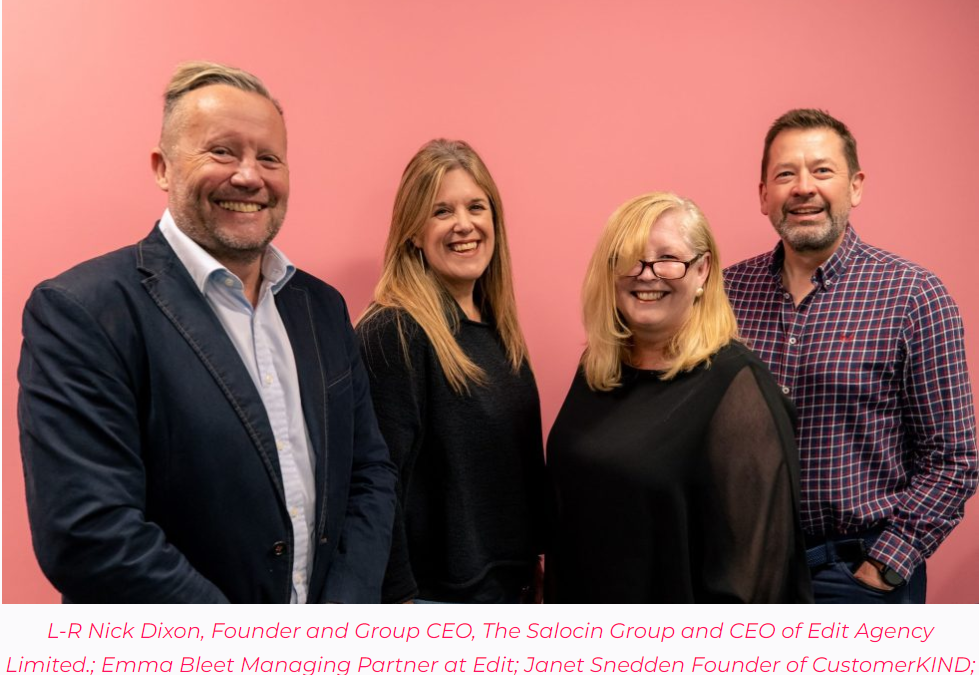Link bait is a phrase that those who are new to SEO have probably never used or even heard before. After hitting its peak popularity in December 2008, the phrase has slowly been dying out – but is there still something to be said for link bait?
Google trends data – online interest in “link bait”

As a digital PR team, the majority of campaigns we create at Branded3 have the ultimate goal of driving high quality links to our clients’ websites. The way we do this is by creating news-grabbing headlines which journalists want to cover, and then combining this with on-site content that they want to link to.
So surely you could argue that all the content we create for our campaigns is link bait? It’s kind of how PR strategist Carrie put it,
“Think like a PR, act like an SEO”.
Our 2018 ranking factor’s report revealed that links still have a huge influence on search engine results, and so we need to make sure we are not only getting great brand coverage, but getting links within that coverage too.

That’s why on-site content is key! We’ve pulled together a few tips to help make sure your next campaign gets those all-important links.
Four ways to make your campaign link worthy
1. Create a resource
Say you’ve conducted a survey or piece of research to generate great headlines and help form a winning press release. How can you encourage a journalist to not just cover the release, but add a link back to your site?
By referencing the full research findings and methodology on your client’s website, it will automatically increase the chances of getting links. Think along the lines of a white paper or downloadable PDF.
Journalists will often link back to their sources and places where their readership can find out further information, so this feels link a no-brainer.
An example of this being done well is the annual Student Living Index form NatWest. Not only do they have a quick summary of key data in easy-to-read tables, users can also download a full report for those who are interested in accessing the real detail.
Or a more simple example is our blog post on voice search. By listing key stats and data around the topic, we’ve create a resource that is consistently being linked to from various sites – with no additional promotion other than an initial push on our social media channels.
2. Visualisation and exploration
A journalist only has so much space to cover your story. If you’re able to create something additional on-site that adds to it and allows users to explore further information in a new and exciting way, then this increases the likelihood of a link.
Do something so creative the journalist just has to share it with their readers.
You’re often able to build more visually-appealing content on your client’s site than a journalist can put into a 400 word article. Our recent digital PR campaign for Staveley Head, London Under The Microscope, used this to its advantage, as the interactive content revealed so much more than a journalist could put into words.
3. Make the site itself the news story
One way to encourage backlinks is to do something on-site that is newsworthy in itself. The story itself needs to be about the website and changes that have been made on it. Confused? Here just one example showing what we mean…
When Missguided spotted one Twitter user’s suggestion for adding a “Jeans and a nice top” category to their site, they jumped on the opportunity.
Wish there was a tab on like Missguided, pretty little thing etc for “jeans and a nice top”
— Jennifer Stuart (@Jeennyx) January 3, 2018
In response to the tweet, the online fashion brand decided to take the user’s advice and added the section to the website – creating a story in itself. The news was covered and the category was linked to from some hugely influential sites such as Cosmopolitan, The Sun and The Metro.
4. Make it personal
Our final tip for creating “link bait” is a simple one. Make the content personal. A journalist wants to write a story which makes sense to as many readers as possible, so national data works particularly well for this. But, their readers want to know how the story affects them personally.
You could do this by creating a quiz where the user can test their own knowledge or reveal results specific to themselves. Or alternatively, why not just split your data or campaign down into smaller groups, whether that’s demographics, geography or something else entirely.
We did this for a campaign we launched for Provident, called Unbroken Britain. The campaign revealed how neighbourly the UK is, generating headlines such as, These are the 15 safest cities in Britain and How friendly is your town? However, the on-site content was designed to appeal personally to different users. We created a map which allowed readers to explore their local area, making the story more relevant to them. It would be difficult for the journalist to include such a granular level of detail in just one article, meaning that our asset added to their story… and so we got the link back!
It’s pretty difficult to create content that will acquire links on its own, but if you research carefully and take these tips into consideration, then you’re certainly going to achieve links more easily. Just don’t forget to give it an initial push through social media or outreach to get the ball rolling.

